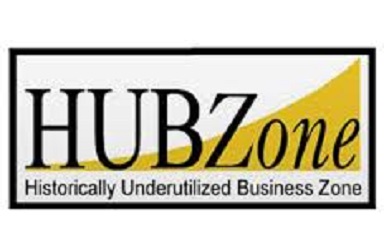
By James Pruitt, Senior Staff Writer
What is Depreciation, and How Can I Benefit from it?
Any new item in a business’s repertoire likely depreciates over time. Owners may write off this decline in value during tax season. Also, services and other intangibles may qualify as tax deductions.
For example, vehicles, equipment, and buildings inevitably require maintenance, as well as accounting for any loss of value. These assets may endure wear and tear during the early stages of your business. Guess what? Both the maintenance costs and the loss of value may qualify business owners for a tax write-off.
Oil changes, paint jobs, and worn-out parts can reduce your tax liability. Similarly, loss in inherent value can relieve proprietors come tax season.
Methods for Calculating Depreciation
The straight-line method is the most common way to calculate depreciating resources. This method simply divides the initial cost of an asset by its years of useful life. This asset may be a vehicle, a piece of equipment, or a piece of real property.
Other methods of calculation may fit different circumstances. Variables such as “useful life” and “value” may not always calculate simply, based on the nature of the asset.
Many calculation methods other than straight-line depreciation can reduce a veteran entrepreneur’s tax burden.
- Sum-of-Year’s-Digits (SYD) Depreciation
The Sum-of-Year’s method accounts for the salvage value of an asset. This method is complex, and business owners should apply this method to their taxes only very cautiously.
- Units of Production Method
This method accounts for the wear-and-tear of a piece of equipment. Essentially, this accounting practice considers the productivity of a piece of equipment. The depreciation of the equipment depends on the quantity of resulting product.
- Declining Balance Depreciation
Consider the cliché that a car loses much of its value after leaving the dealer’s lot. This method allows users to subtract most of an asset’s value during the first few years of use. After this period, often the depreciation of an asset flattens. However, the largest tax breaks for depreciation may come early on.
- Double Declining Balance Depreciation
This method is a hybrid. Generally, this method combines straight-line depreciation with declining balance depreciation. Usually, business owners use this method for equipment with a short useful life.
- Straight-Line Depreciation
The straight-line method is by far the most common method for calculating depreciation. Most small business owners use this method. This method of depreciation even reduces to a simple formula: (asset cost – salvage value) / useful life in years = annual depreciation.
Which Method to Use?
The straight-line method provides the best calculation method for the majority of small businessowners. However, the relevant variables themselves may not always seem readily apparent. How do we calculate, for example, “asset cost,” “salvage value,” or “useful life in years?”
Consider a small business that manufactures t-shirts. Imagine an embroidering machine. Perhaps the “units of production method” may provide a more useful method come tax season to gain that useful write-off. Lacking sophisticated expertise in gauging the declining value of this piece of equipment, a small business owner could legitimately resort to calculating the deterioration of the machine by the number of t-shirts produced.
Bottom Line
The straight-line method provides by far the most common method of calculating depreciation. However, straight-line depreciation is not always practical. Variables such as “asset cost,” “salvage value,” and useful life in years” may themselves present difficulties. These values may depend on the type of equipment and the nature of the business. The owner’s discretion inevitably provides the best fit for the optimal tax and accounting methods.
VAMBOA, the Veterans and Military Business Owners Association hopes that this article on Depreciation has been valuable. We work hard to bring you important, positive, helpful, and timely information and are the “go to” online venue for Veteran and Military Business Owners. VAMBOA is a non-profit trade association. We do not charge members any dues or fees and members can also use our seal on their collateral and website. If you are not yet a member, you can register here:
https://vamboa.org/member-registration/
We also invite you to check us out on social media too.
Facebook: https://www.facebook.com/vamboa
Twitter: https://twitter.com/VAMBOA
Don’t forget that VAMBOA members receive significant discounts on technology needs. Check them out here:





 By Debbie Gregory.
By Debbie Gregory.






